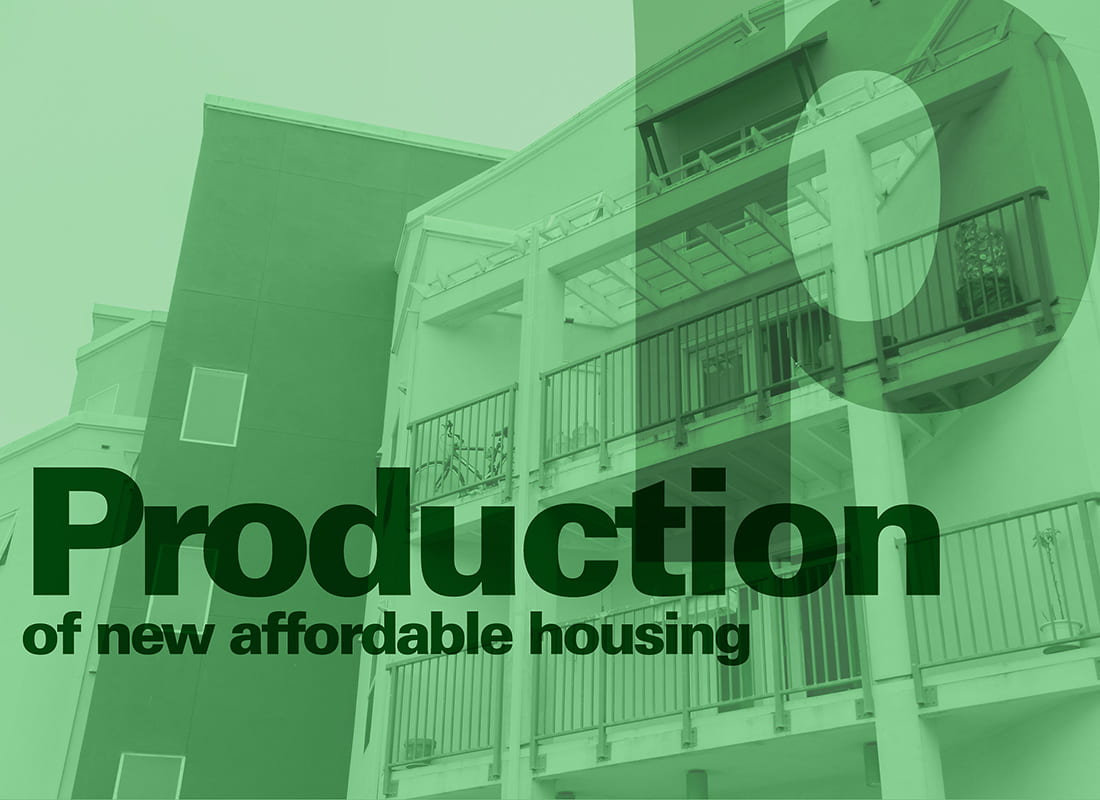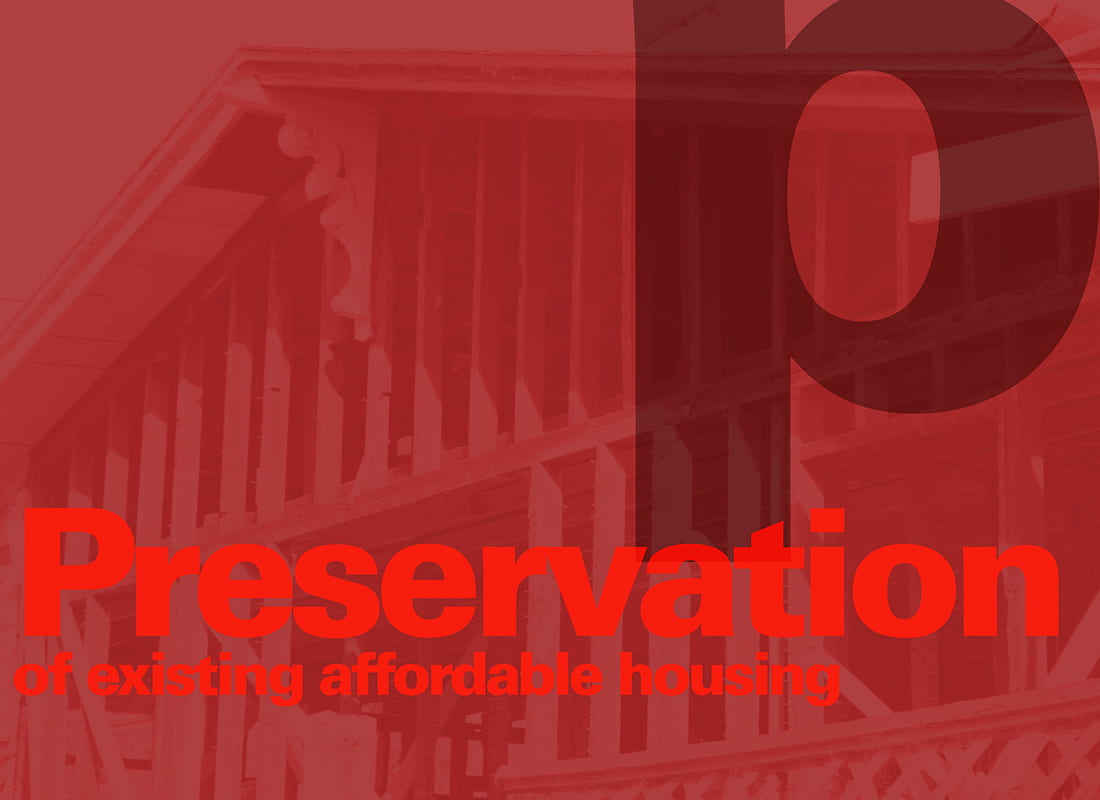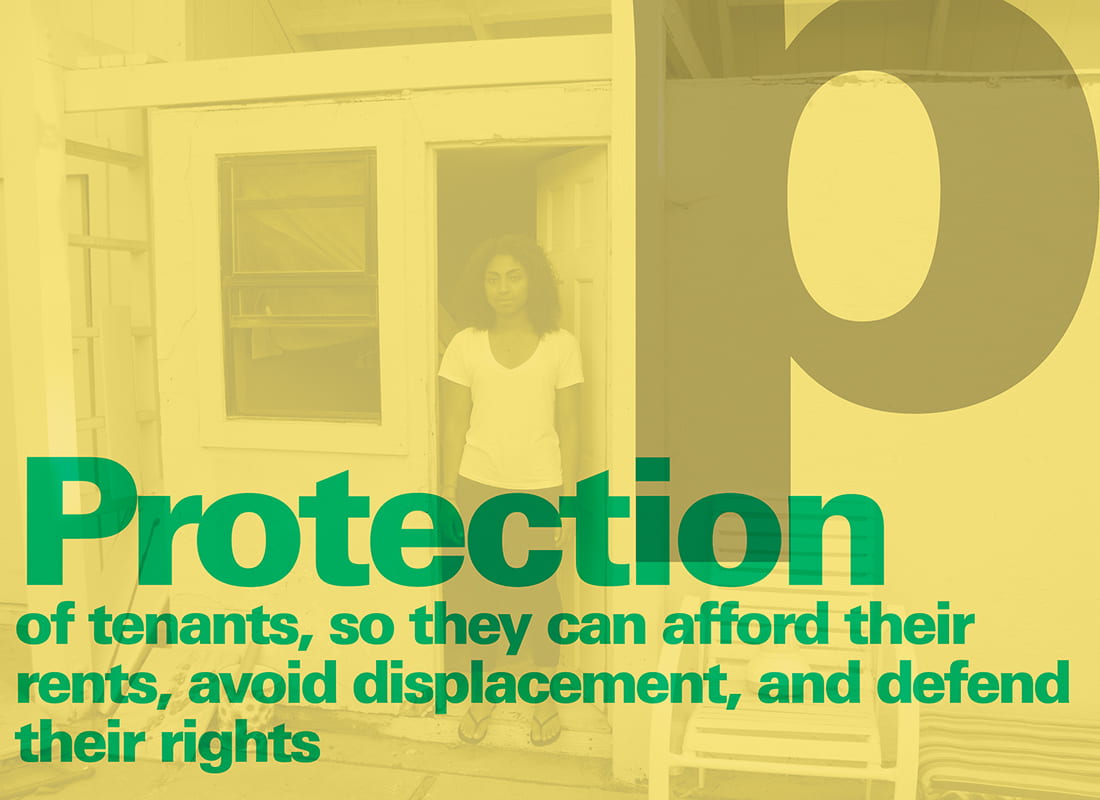Preservation of existing affordable housing supply is an essential to any comprehensive affordable housing solution. If existing stock cannot be preserved, even as new housing is coming on line, we see a net loss of housing. Unfortunately, preservation policies are often overlooked.
Due to funding cuts at the federal, state and local level, millions of subsidized units have been unnecessarily lost. And in the resultant housing crisis, debates focus on the need for production of new housing vs. protection of tenants. Yet it is precisely in times of crisis, when production and protections are inadequate to meet the need, that preservation should be prioritized.
Preservation policies curb gentrifying market tendencies, which intensify in a tight real estate market. Such markets incentivize landlords to turn their property to more profitable uses, whether by converting moderately priced rental units into high-income condominiums or hotels, opting out of voucher programs in favor of market rate tenants, or demolishing housing altogether in favor of higher-end, non-residential construction. Policies like condo conversion, vacation rental, and demolition controls; anti-speculation and real estate transfer taxes; and higher incentives for Section 8 can help limit these tendencies.
Preservation is also an environmentally and economically sustainable solution. By maintaining existing housing rather than building new, we reduce needed materials and energy, cut waste and emissions, and save money. A constant, dedicated funding stream for maintenance, which can be provided through housing trust funds and public subsidies, is key.
Such funding is particularly vital for vulnerable populations, like seniors and the low income, for whom sudden life changes like losing a job or a spouse constitute their own kind of crisis. Through policies that support “aging in place” and “emergency rental assistance,” we see that even a modest amount of assistance mean preventing homelessness, and the downward spiral that can result from this.
As we know, housing crises interact with a growing range of natural disasters, including those relating to climate change like fires and floods. Resilient design and urban planning, as well as funding for rehabilitation and redevelopment are an increasingly important aspect of preservation policy.
Finally, zoning and land-use are vital tools for preservation. This can mean establishing zones for dense, multi-family rental housing over the long-term, and inclusionary requirements for those units. It can also mean acquiring the underlying land lease on which housing is built, such as through community land trusts, to preserve affordability in perpetuity.
Compare our policies to those of other bay area locations using The Urban Displacement Project at UC Berkeley’s interactive map.
The three Ps
Funds to Maintain Social Housing
Zoning and Land-Use
Condo Conversion and Demolition Controls
Aging in Place
Nationally
California
Santa Cruz
Sources:
Coming soon…




